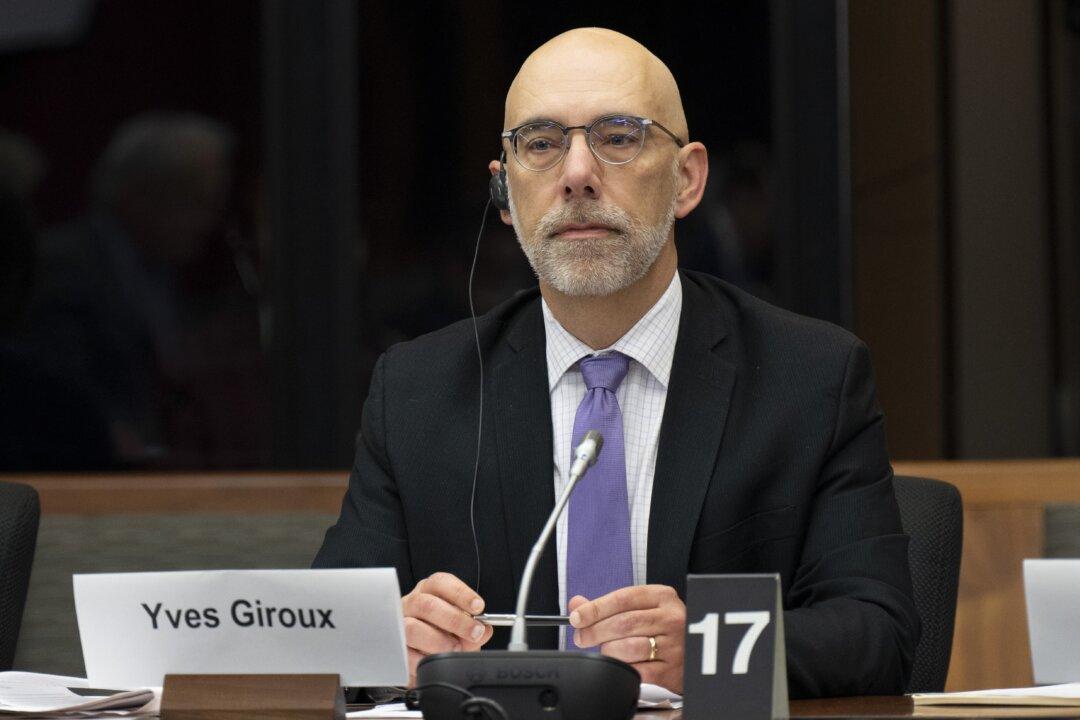Shifting Ontario’s electricity sector away from fossil fuel-based energy to green alternatives by 2050 will cost $400 billion and will require the size of the province’s electricity system to be doubled, according to the Independent Electricity System Operator (IESO).
“Attaining a decarbonized electricity sector by 2050, alongside aggressive electrification, would require a system more than double the size it is today at an estimated cost of around $400 billion,” said the IESO in a report published on Dec. 16 titled “Pathways to Decarbonization,” which was written at the request of Ontario’s Energy Minister Todd Smith.





